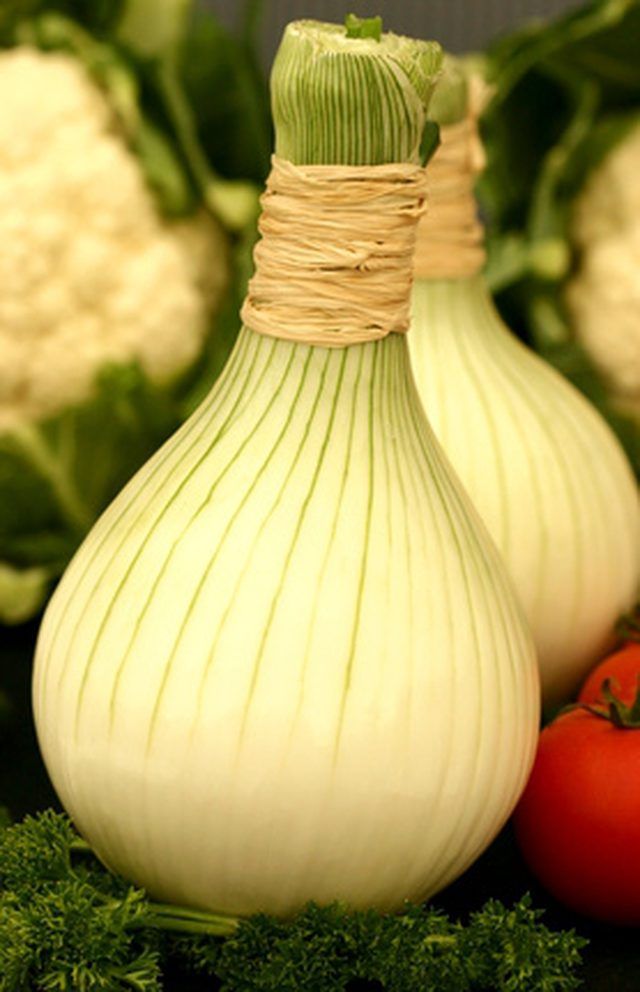Bulbs
Flower Basics
Flower Beds & Specialty Gardens
Flower Garden
Garden Furniture
Garden Gnomes
Garden Seeds
Garden Sheds
Garden Statues
Garden Tools & Supplies
Gardening Basics
Green & Organic
Groundcovers & Vines
Growing Annuals
Growing Basil
Growing Beans
Growing Berries
Growing Blueberries
Growing Cactus
Growing Corn
Growing Cotton
Growing Edibles
Growing Flowers
Growing Garlic
Growing Grapes
Growing Grass
Growing Herbs
Growing Jasmine
Growing Mint
Growing Mushrooms
Orchids
Growing Peanuts
Growing Perennials
Growing Plants
Growing Rosemary
Growing Roses
Growing Strawberries
Growing Sunflowers
Growing Thyme
Growing Tomatoes
Growing Tulips
Growing Vegetables
Herb Basics
Herb Garden
Indoor Growing
Landscaping Basics
Landscaping Patios
Landscaping Plants
Landscaping Shrubs
Landscaping Trees
Landscaping Walks & Pathways
Lawn Basics
Lawn Maintenance
Lawn Mowers
Lawn Ornaments
Lawn Planting
Lawn Tools
Outdoor Growing
Overall Landscape Planning
Pests, Weeds & Problems
Plant Basics
Rock Garden
Rose Garden
Shrubs
Soil
Specialty Gardens
Trees
Vegetable Garden
Yard Maintenance
How to Grow Onions in the Sun or Shade
How to Grow Onions in the Sun or Shade. Onions are one of few vegetable garden plants that can be kept fresh in storage for months, rewarding your gardening efforts even in the dead of winter. According the University of Illinois Extension, onions are considered a cool season vegetable and can be planted as early as late March. Most onions require...

Onions are one of few vegetable garden plants that can be kept fresh in storage for months, rewarding your gardening efforts even in the dead of winter. According the University of Illinois Extension, onions are considered a cool season vegetable and can be planted as early as late March. Most onions require full sun locations for proper growth, but green onion varieties may be planted in shady locations.
Things You'll Need
16-16-8 fertilizer
Pitch fork
Trowel
Onion transplants
Garden hose
Mulch
21-0-0 fertilizer
Spread 16-16-8 fertilizer over the garden bed at a rate of two pounds to 100 square feet of bed. Mix the fertilizer into the soil using a pitch fork to turn over soil and loosen compaction to a depth of eight inches.
Dig holes 1 1/2 inches deep and slightly wider than the width of the onion transplant using the trowel. Space the holes four inches apart in each direction to allow adequate room for the onions to fully develop.
Place one onion transplant in each hole and gently pull and pat the soil back into place over the bulb of the transplants. Plant green onions in shade gardens; plant all other varieties in sunny gardens. Thoroughly water the garden bed with the hose.
Spread a two-inch layer of mulch over onion beds in sunny locations. Mulch is not necessary for onions growing in shady locations.
Water the bed at a rate of one inch of water per week.
Spread a half cup of 21-0-0 fertilizer per 30 onion plants when the plants reach six inches tall. Place the fertilizer next to the growing onions, rather than directly on top of them. Repeat when the bulbs of the onions begin to swell.